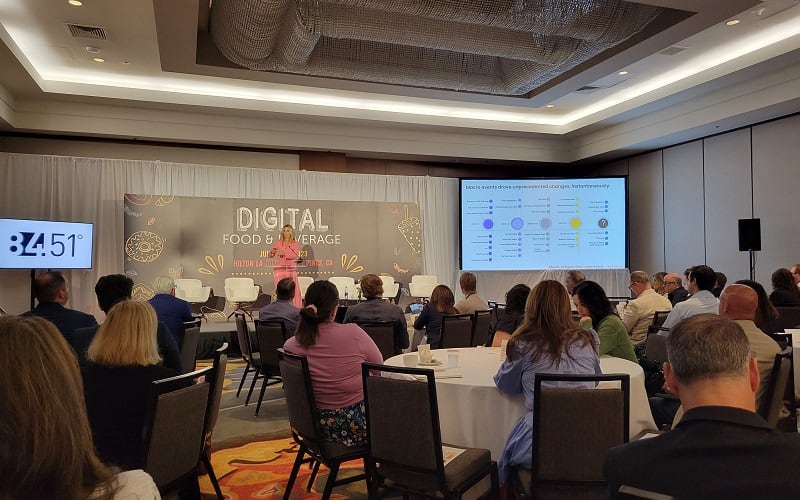When it comes to e-commerce marketing, brands have a host of options from paid search, media, and other ads from a range of different online retailers and grocers. And many brands are faced with taking a very finite pool of money and deploying it strategically to grow their brands online, Hicks explained.
"Everyone wants something. Of course, we have the Walmart, and Amazon.com, and Instacart, but then you have all other national retailers, and then you have regional retailers," Hicks said. "What we've done to date ever since our e-commerce business has been around is we're trying to spread like peanut butter the money to absolutely everyone, and our ROI is good in some and bad in some. So, starting this year and these quarters, we're looking at what we have and who we start divesting and defunding."
Rationalizing marketing spending: Focus on the big and small
As part of that divesting strategy, Bumble Bee is prioritizing its e-commerce spend on retailers with a proven ROI while also using several strategies to find less expensive avenues for e-commerce marketing, Hicks noted.
For one, Bumble Bee has found success with taking a small portion of their e-commerce budget—even just a thousand dollars—and purchasing advertisements in a smaller, regional retailers like Giant Eagle that might have a more precise consumer reach, she said.
And when Bumble Bee had to have those conversations about reducing e-commerce marketing spend with its retail partners, some retailers were actually willing to offer some form of free advertisement in hopes to entice them into their programs, Hicks found.
"A lot of times, they will come back to us and say we want to give you X for free just to show you that your dollars will go really far," Hicks said. "They'll come back to us and say we want to give you free space, or we want to do a test and learn with you to prove that spending money on our platform is worth it."
As part of this e-commerce rethink, Bumble Bee is also doing a lot of testing and learning when it comes to advertising on digital grocery apps and experimenting with what shifting budget dollars from one app to another would do for their brand, Hicks said.
“Instacart is a good example that we're trying to really understand [if we are] getting what we’re putting in,” Hicks said. “Some of these models are starting to feel like pay-to-play. If you're not online and you're not advertising, [consumers] aren’t going to buy it period. So, if I took those same dollars and put it all on Amazon, what will happen?”
Breaking down operational silos to create e-commerce synergies
While organizations are looking to rationalize their e-commerce spend, they are also looking internally at ways that they can streamline their marketing efforts and bring together disparate departments under the same roof. Recently, Bumble Bee took several of its separate departments involved with e-commerce and brought them together to “create a circle of excellence” after realizing their different marketing efforts weren’t always in line, Hicks said.
"We had our shopper marketing team doing something inside of a Walmart [with] ... back to school, and then our search browse team is doing something completely different online on the.com platform, and then branding marketing [using] ...lifestyle images that don’t match what we're trying to do on Amazon. And so, we have to really break down those silos."




